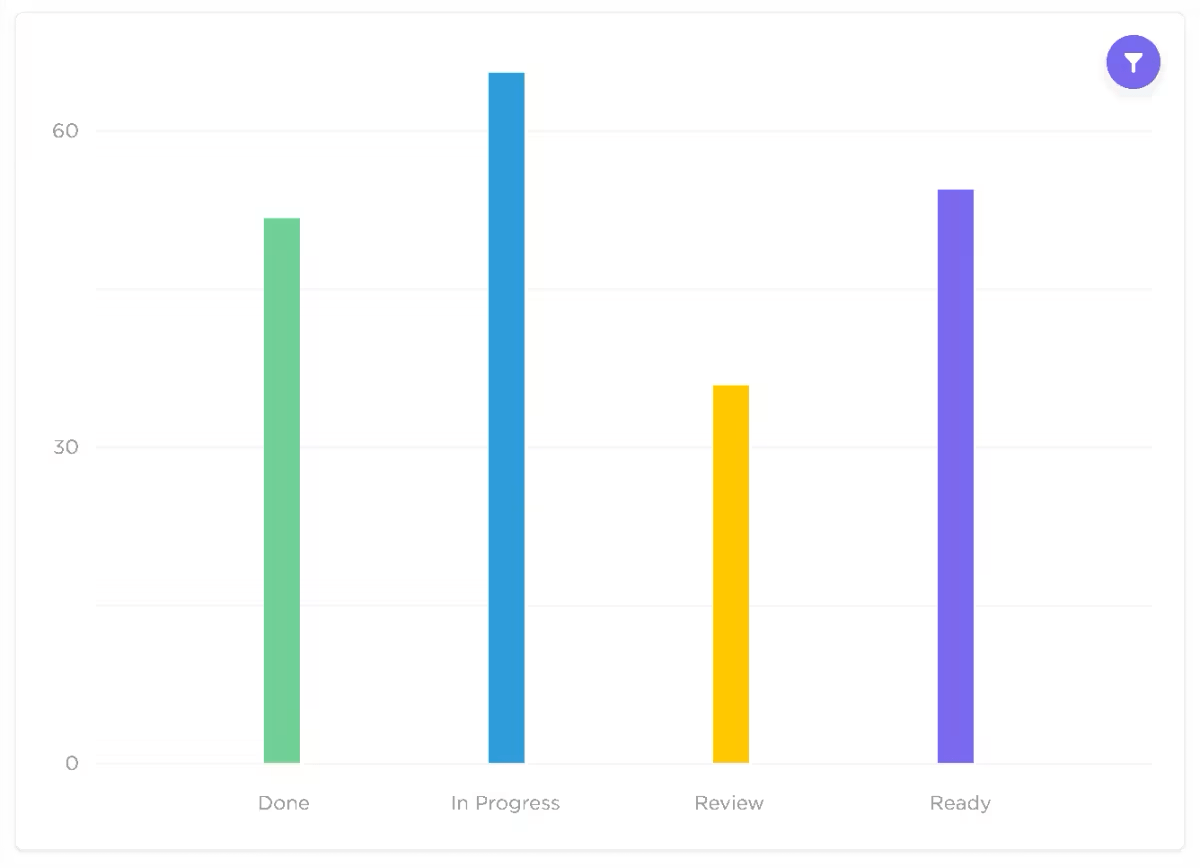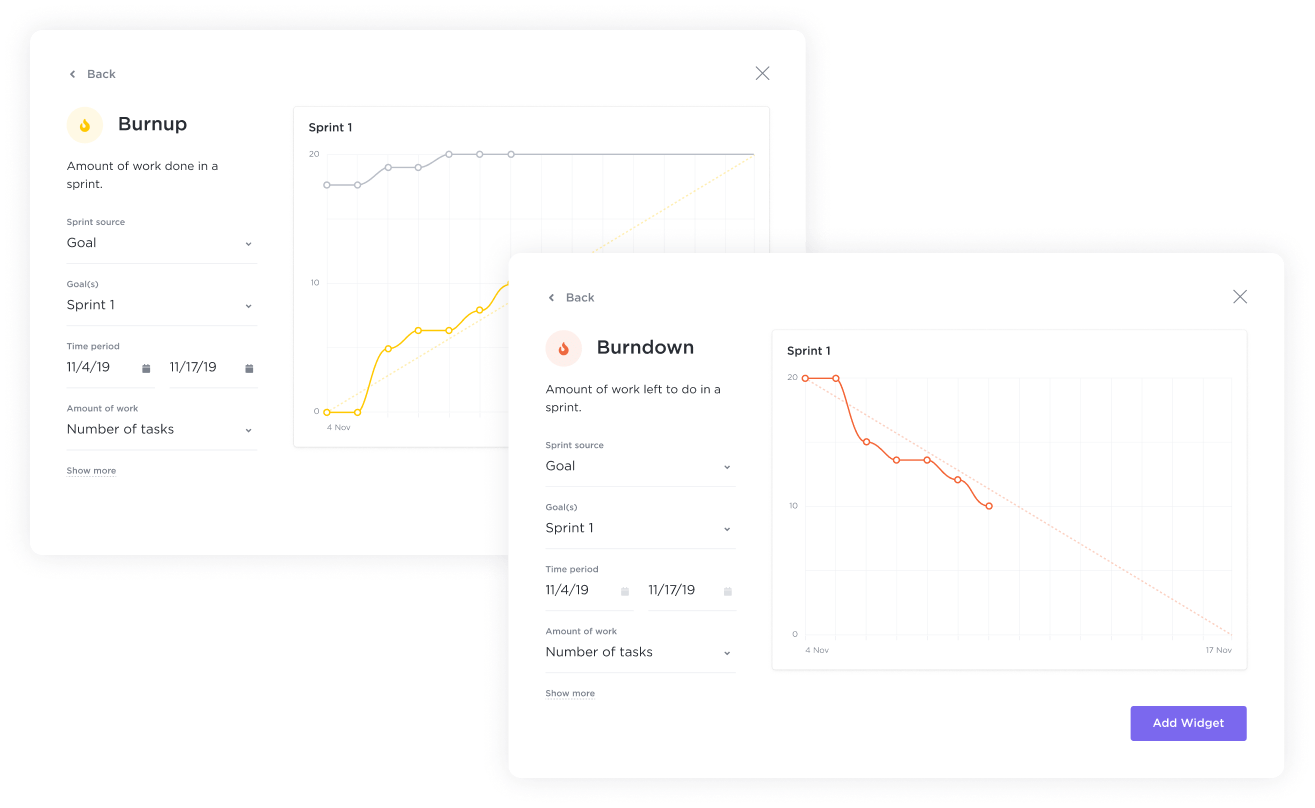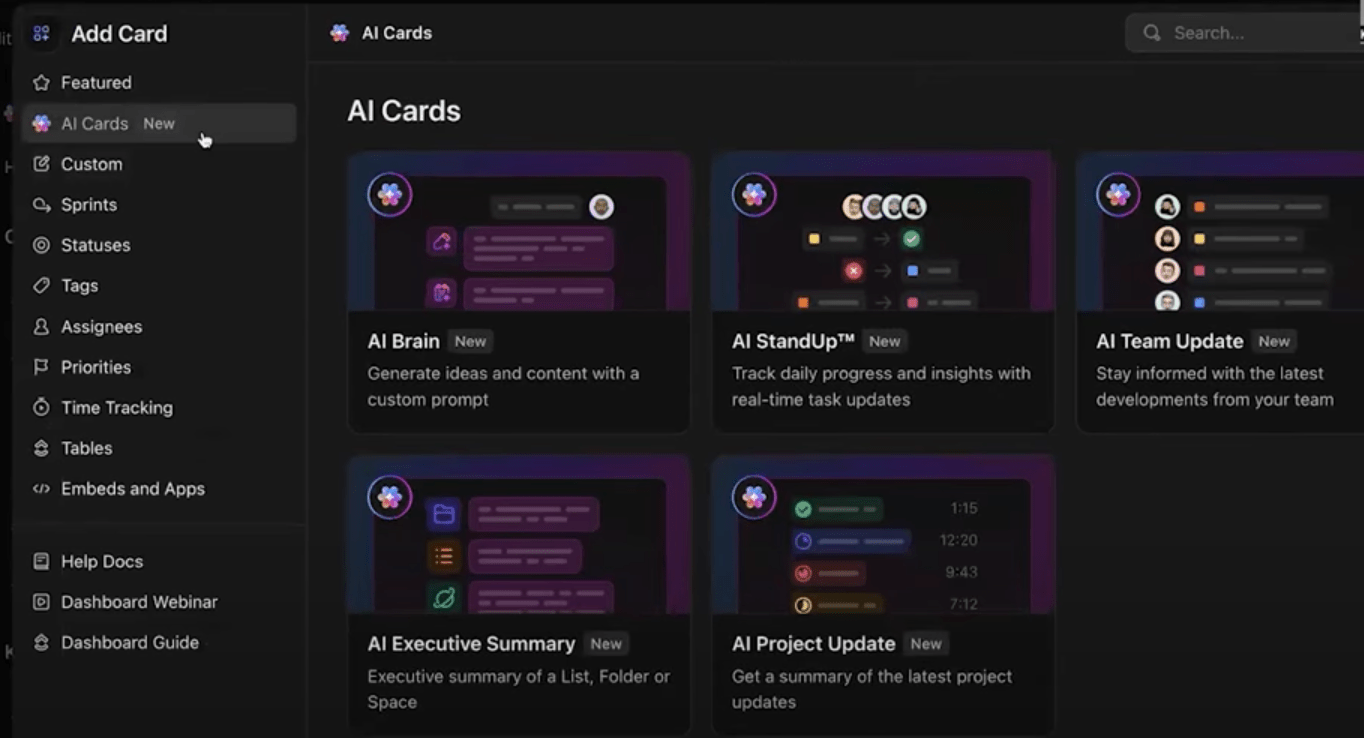Understanding the Ladder of Inference to Make Better Decisions

Sorry, there were no results found for “”
Sorry, there were no results found for “”
Sorry, there were no results found for “”

Have you ever regretted a decision? This could be hiring someone, buying something, moving to a different job, or even just getting a bad haircut! In the real world, there is no guarantee that your decisions will always be right.
However, with the right information and tools, you can make better decisions with a higher likelihood of success. There are dozens of decision-making templates and frameworks that enable this.
In this blog post, we explore one such tool: Ladder of Inference.
Ladder of inference is a step-by-step process that you naturally follow while making decisions. The seven steps of this decision-making process are observation, data selection, interpretation, assumptions, conclusion, beliefs, and action.
The ladder of inference is a metaphorical model of cognition and action designed by an American business theorist, Chris Argyris, in the 1970s. He created it to help people understand the decision-making process and avoid jumping to wrong conclusions. It was later popularized by Peter Senge in his book ‘The Fifth Discipline’.
We’ll get into the details soon, but first, let’s disambiguate the term from one other similar term.
Both ladder of inference and unconscious bias are cognitive models in the area of decision-making. They are both implicit, which means that they are not used consciously by the decision-maker. Yet, they are completely different ideas, serving different functions.
The ladder of inference is a tool that lays out the typical decision-making process. Unconscious bias, on the other hand, is associations and connections we make without being consciously aware of them, which also influence decisions.
| Ladder of inference | Unconscious bias |
|---|---|
| A multi-step process | A combination of factors |
| Influenced by behavioral traits | Influenced by social, cultural, and behavioral traits |
| Supports effective decisions | Hinders effective decisions |
| Helps to follow | Helps to avoid |
To put it simply, we need to eliminate the unconscious bias at every step of the ladder to make better decisions.
The most commonly used ladder of inference begins from a pool of observable data and contains the following rungs.

At the bottom-most rung is observation. In this stage, you see things and absorb available data without adding meaning or assigning value to them.
For instance, if you need to make a decision about budget allocation for all marketing activities, you’ll collect and review data, such as:
Not all data is equally important or relevant to the decision you’re currently making. So, before we interpret the data, we tend to select the ones that are pertinent. This is the second rung of the ladder of inference.
In making the budget allocation decision, you might choose all the data from the above list, except perhaps employee compensation, because that might fall under the people/HR budgets.
This process of elimination enables decision clarity.
Now that you have the data you need, time to study and interpret them. Irrespective of intentions, everyone interprets data based on their subjective experience. The ladder of inference suggests that this is the normal course of things and that the decision-maker can not impact it in any way.
For instance, the very fact that you were looking at past data to make decisions about future budgets suggests subjectivity. Alternatively, if you believe that the person responsible for paid ads is more competent than the social media exec, you might be interpreting channel-wise performance subjectively.
Irrespective of how hard one tries, all decisions are based on certain assumptions. To be as objective as possible, you might use data to support them, making them what’s called ‘reasonable assumptions.’
You then use the context from the previous step together with the assumptions in this step to draw conclusions.
In the same example, if you always assumed that social media is free, you might not consider allocating any budget to it, even if the contrary is true.
The next step in the ladder of inference is conclusion, where we decide the action that the situation demands based on the data, context, and assumptions.
For instance, if the selected data suggests that you did not generate any leads through social media; if you interpret it from the context of your opinion of the social media executive; and assume that the channel is free, you’ll conclude not to allocate any budgets to it this year either.
Over a period of time, conclusions turn into our beliefs. And beliefs influence action.
You might believe that one conclusion is always true because you made that decision once and it worked. You also get into a loop where you apply the conclusion to various future scenarios, which ends up confirming your beliefs.
In the example, you would believe social media doesn’t work for you. When someone insists on trying it out, you’ll approve half-heartedly, setting them up for failure, which validates your belief again.
The final rung is action, which we take at the end of our journey. In the end, you might allocate x% to paid ads, y% to social media, z% to search, and so on.
Originally, the ladder of inference wasn’t meant to serve as a decision-making framework as much as an observation of how we typically make decisions. However, it can be used to guide thought processes and cognitive actions. Here’s how.
Steps on the ladder of inference focus on the individual context and existing assumptions that affect decisions. Using the ladder of inference, you can conduct a process analysis to identify biases and rethink decisions.
For instance, you might look at contractor productivity and assume that their under-performance is because they work remotely. Following the ladder of inference allows you to go back to the observation stage to validate this theory instead of relying on your belief that remote workers are less productive.
Ladder of inference helps focus on facts and reality. It helps you in your reasoning process. It helps support your conclusions or challenge others’ based on accurate information.
For instance, you might look at the number of bugs on the latest iteration and jump to the conclusion that it is entirely trash. However, using the ladder of inference, you draw conclusions based on data and use contextual intelligence to reach the root cause effectively.
Humans are emotional beings. We all get sad, angry, disappointed, and upset about things that happen at work. However, it is important to ensure that these emotions don’t disproportionately impact decisions.
The ladder of inference helps regulate emotional reactions and prevent hasty decisions.
Understanding and using the ladder of influence enables you to create a reflective mindset with awareness of your own thinking process. The more you use the ladder of inference, the more likely you are to expand your data collection and strengthen your decision-making.
Most people go from observation to action in a flash, making decisions intuitively. This might be efficient in some situations but terribly ineffective in others. Using the ladder of inference, you can trace your steps slowly and make better decisions.
Let’s say your gut feeling is that you need to migrate cloud providers, say from Google Cloud Platform (GCP) to Amazon Web Services (AWS), but your bosses aren’t convinced. You can use the ladder of inference to expand on your decision and demonstrate the process to influence your leadership.
While the ladder of influence is a powerful tool for decision-making, it is not foolproof. The following factors can make the tool less effective.
Therefore, before you use the ladder of influence as your decision-making technique, consider the above and build checkpoints for them. Here are some pointers for how to use the ladder of influence effectively.
Whether your decisions are big or small, the ladder of influence is one of the most useful mental models to guide you. To climb the ladder quickly and effectively, you can also leverage the benefits of a project management software. Here’s how.
While the pool of observable data is not a step in itself, it is the responsibility of the project manager to create and expand their visibility. Any of the best AI tools for decision-making or evaluation tools will help you with this.
ClickUp’s project management software enables you to maintain a task list, assign users, measure work getting done, track time for each task, collaborate in real-time, document processes, etc.
With ClickUp, you can capture the pool of observable data about projects, processes, people, goals, and more!
Once you have all possible data, it’s time to select the right subset for the decision you need to make. ClickUp’s reporting and views offer just the solution you need. Here are some examples.

Project Dashboard: The ClickUp Dashboard offers real-time data on the progress of the project. You can use this to make many kinds of decisions.
For instance, if your project is delayed because of scope creep and you need to allocate additional resources, the dashboard will help gauge the extent of the support you need.
Workload view: This ClickUp view shows data about each team member, their workload, availability, and productivity. While making decisions around resource allocation, this is the perfect dataset.
Time tracking view: This ClickUp view presents the time tracked by team members on various tasks. This data is extremely useful in making decisions around projected effort/time.
The ladder of inference suggests that we interpret data based on our subjective prior experiences. Within a professional environment, this can be detrimental to success. Therefore, as a project manager, you need to invest in gaining context that brings greater objectivity.

ClickUp’s Dashboard allows you to add multiple widgets within a single view, giving you supporting information for all data points. For instance, while you see the project status as a pie chart, you can also see the burn-up/burn-down charts to ensure you’re on track.
If you’re struggling to prioritize the tasks in front of you, try a ClickUp Eisenhower Matrix Template to help make decisions.
Assumptions are unavoidable while making any decision. For instance, while planning the next sprint, you would make the assumption that every team member will be available as per plan. Given that there are no leave applications, this is a reasonable assumption, i.e., it is likely to be true.
If ClickUp’s time tracking data says that it took an average of 10 hours to fix a P2 bug in the past, it would be a reasonable assumption to say that it would take the same in the future.

ClickUp Whiteboard helps remote teams ideate, consider possibilities, and explore scenarios. When they use visualization techniques to discuss data as a team, they are able to eliminate biases at each step of the ladder.
With ClickUp’s AI, you can summarize data within seconds. This helps save time in presentation and makes it easier to process information in the future.

All decisions lead to some action in the end. A comprehensive project management tool will empower you to go from data to decision to action quickly. ClickUp does this in many ways.

Decision support: ClickUp’s Decision-Making Framework Document Template handholds you through the process. In collaboration with the ladder of inference, this template can help strengthen your rationale.
Drag and drop planning: The ClickUp calendar view shows you the schedule of a project. If you decide to reassign tasks that would push the schedule, you can drag and drop tasks from one day to another to optimize productivity.
Comments to action items: ClickUp comment threads are not just for conversations. While you’re ideating possibilities, assign comments as action items, bringing these inputs into the workflow.
Automate work: Some decisions can also be automated. With ClickUp Automations, you can set up a simple if-this-then-that automation, which automatically notifies all stakeholders for a variety of scenarios.
Customize: Design your workflows and set them up on ClickUp with custom fields.
Everyone makes dozens of decisions every day. The more responsibilities you have, the more decisions you make, and the more impactful those decisions are. So, every decision becomes important.
To be efficient and productive, project managers and leaders must have robust decision-making processes. The ladder of inference is one such process. It outlines what a decision-maker goes through, from seeing the world to taking action.
ClickUp’s project management tool is designed not just to manage tasks/activities, but also to make clear decisions. From collecting data and presenting reports to turning decisions into action items, ClickUp supports project managers at every step of the way.
Do more than just ‘manage.’ Excel in your projects. Try ClickUp for free today.
© 2025 ClickUp